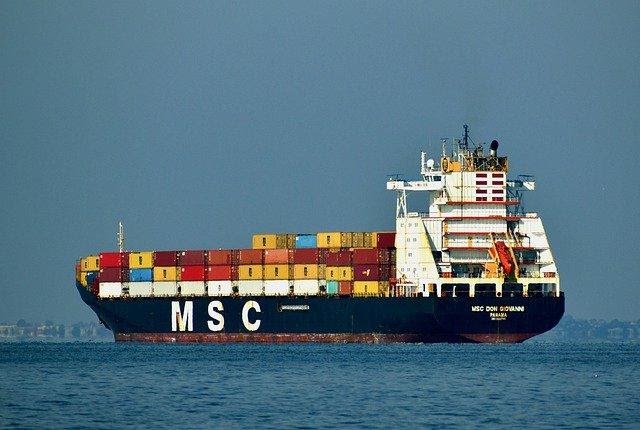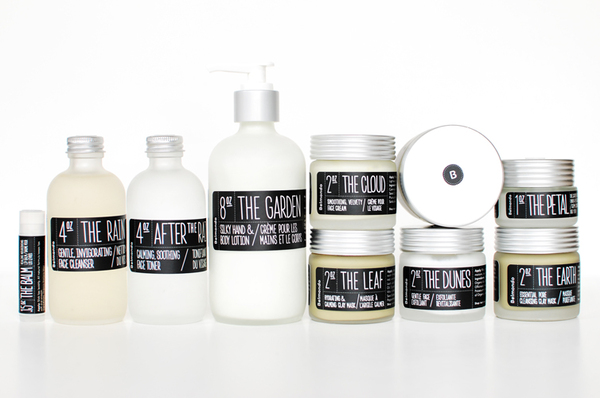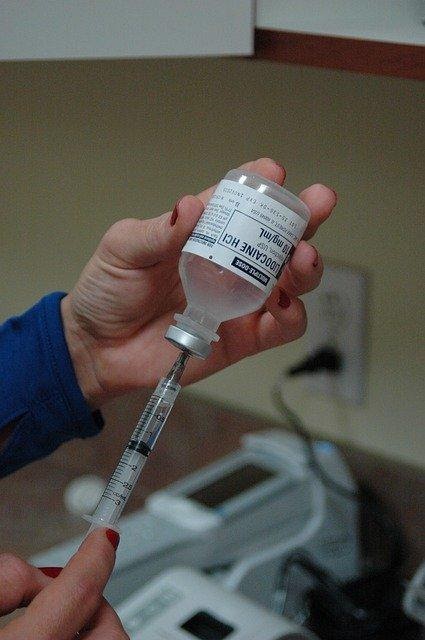
Shipping temperature sensitive products like food and medicine can be complex. When these products are not shipped properly, and experience deviations from the acceptable temperatures (known as temperature excursions) and are damaged, the financial loss and the disruption to the supply chain can be devastating. And although most companies build a certain level of loss into their projections, it’s better to shop items properly and safely.
Here are some tips on how to ship temperature sensitive products:
- Use a temperature-controlled shipping container. This will help to keep the temperature of your products within a safe range during shipping.
- Pack the products carefully. Make sure the products are packed tightly so that they do not move around during shipping. This will help to prevent damage to the products.
- Label the packages clearly. Make sure the packages are labeled with the correct temperature requirements and the destination address.
- Use a reputable shipping company. Make sure you use a shipping company that has experience shipping temperature sensitive products.
- Track the packages. Track the packages to make sure they are delivered on time and in good condition.
The problem is that shipping temperature sensitive products is significantly more complicated than simply packing cold items into a grocery bag with ice packs for home delivery. From selecting the right packaging and carrier with the capacity to maintain the specific temperature required, to understanding the rules and regulations related to cold shipments, there are a number of logistical challenges to this type of shipping. Keeping abreast of the best practices, though, and making the right choices at every step can reduce losses and keep your shipments safe at every step of the way.
Choosing Packaging

Successfully shipping temperature sensitive items begins with selecting the right packaging. Cartons and packaging should be designed to keep cold in and heat out. This usually means using thermal products including foam, plank, or bubble wrap, all designed to insulate the items. Keep in mind that the better the insulation inside the carton (which should always be a new, sturdy, corrugated box), the less coolant required during transport to keep the items cold. This can help reduce costs overall, and the environmental impact of shipments.
In some cases, such as with sensitive medical products, additional cooling is necessary. These items should be shipped using a thermostat controlled refrigerated container (TCR container) that’s powered by an internal power source to maintain temperature. This type of shipment usually requires working with a specialized carrier to ensure safety and proper transport.
Follow the Applicable Rules
Here are some additional tips for shipping temperature sensitive products:
- Pack the products in an insulated box. This will help to keep the products cool or warm during shipping.
- Use ice packs or dry ice to keep the products cool. Ice packs are a good option for shipping products that need to be kept cool, while dry ice is a good option for shipping products that need to be kept cold.
- Label the boxes “Temperature Sensitive” and “Do Not Expose to Heat.” This will help to ensure that the packages are handled properly by the shipping company.
- Ship the packages overnight or 2nd day air. This will help to ensure that the packages arrive quickly and in good condition.
- Check the temperature of the products when they arrive. Make sure the products are still at the correct temperature when they arrive at their destination.
By following these tips, you can help to ensure that your temperature sensitive products arrive at their destination safely and in good condition.
Because of the potential safety hazards involved with shipping temperature sensitive items, various transportation agencies and authorities have implemented strict rules regarding what can be shipped and how. For instance, federal regulations govern how items can be shipped using dry ice, outlining when it can be used, how it needs to be packaged, and how to respond to emergencies involving the substance.
Depending on how your items are being transported — by truck, plane, train, ship, or a combination — different rules apply. You may also be governed by industry-specific regulations and best practices. It’s your responsibility to ensure that all suppliers, manufacturers and warehouse partners follow these practices to ensure safety and to protect your shipments.
Choose the Right Shipping Partners

Working with the right shipping partners not only ensures that you adhere to all applicable regulations, but also protects your shipments. No matter how perfectly your items are packed, if the carrier isn’t prepared to correctly handle the shipment you risk spoilage and damage. Reduce this risk by choosing a logistics partner with proven experience shipping temperature-sensitive goods.
Even better, work with a carrier with specialized experience, such as those who specialize in pharmaceuticals and other medical goods. These dedicated carriers have access to temperature-regulated facilities around the world, ensuring that your products maintain the proper temperature during transit and storage. Many are also prepared to help with the complex regulations, packaging requirements, and monitoring required, streamlining your shipments and reducing loss.
Monitor Shipments
One of the most important parts of any cold shipment package is a temperature indicator. Adhered to the exterior of the carton, the indicator continuously monitors the temperature and indicates whether it was exposed to unacceptable temperature conditions, and for how long. There are multiple types of temperature indicators, from those that monitor whether shipments are exposed to temperatures above or below specific thresholds, to more advanced data loggers that specifically measure and record the temperature, humidity, and other factors related to the package’s environment. Using these tools can ensure the safety of shipments; for example, indicating whether perishable food items were left on a hot loading dock for too long, or whether medication may have spoiled by getting too warm.
Navigating the complexities of temperature sensitive shipments is challenging, but important to both your company’s bottom line and brand. Although you should always expect the unexpected and be ready to respond, taking the steps to properly ship items from the start can reduce the likelihood of problems.




